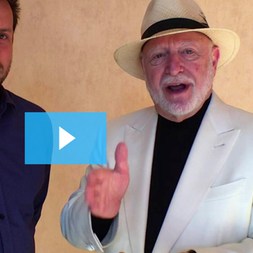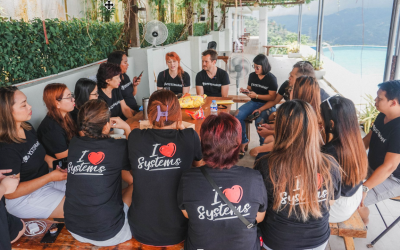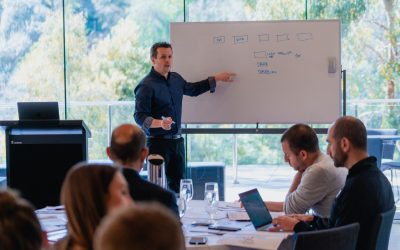The answer is that the critical steps you take next will determine the growth and success of your business. There is only one “you” in your company. If you have been central to your own success thus far, then you are going to need to learn how to map out some of the things that you have been doing right in order to replicate and repeat positive results.
What we are talking about here is standard operating procedures. What you want to do is to study your processes and isolate what it is that you are doing that is working. Once you find ways to repeat, standardize and systemize these processes, you can assign these roles to other people who are competent at carrying them out.
Discovering the most important systems in your business can be the key to its optimisation. Once you have learned how to implement systems that work, you can discover ways to repeat successful systems and place the right people in charge of carrying these processes out. Do you want to learn more about how to implement these standard operating procedures in your business? Please watch the video below.
Keen to watch more from the systemHUB live workshop? Sign up today for your free systemHUB trial – click here.
Video transcript:
Question: How did you decide which processes to work on first in your business? When you first had the aha, systems are key, and obviously system for systems was the first one, but beyond that how did you decide?
I looked at two things. I looked at what was repeatable. I looked at editing a podcast. Editing a podcast was the first thing we hired someone else to do. That was something that had to happen every week. It’s something that I really didn’t enjoy. I love the creative, I love getting into editing software and doing that kind of thing. But I realised that was a complete waste of my time in the business. So it was a time suck for me and it really doesn’t float my boat at this stage of my life.
Maybe when I was in my early twenties I would have liked playing around in Logic and doing fancy audio editing work, but now I’m a bit over it. I didn’t really enjoy it and it was taking a lot of time. So that was one of the first things we got rid of.
It’s really funny Mike, watching your presentation before, I’ve subconsciously been doing this over the last eighteen months without having someone articulate it like that. We went to Elance and found a video editor who we hired. I said, we’re going to be doing a podcast every week. I just want to hire you to work with me to get this right so I can just stick it in Dropbox and you can do it. You know exactly what the deliverability is.
So we invested a fair bit of time and therefore money with Chris upfront to get the process right. We invited him into Asana and we wrote up the process. I said, if you get half way through this and you think the process is not working, you tell me how we need to improve this process so that you can do it moving forward. If you go on holidays, we can put someone else in your seat to do it. That was one of the first things we did.
What was taking me time and I wasn’t really enjoying, was the first thing. What we could pay people to do was another key factor in deciding the first thing to systemise. What can I hire someone else to do right now? I knew I could hire an editor. Doing the outreach work was probably the last thing that we systemised. I was still doing that; sometimes I still will do that.
With Seth and Guy Kawasaki for example, and Joe Pulizzi, I actually emailed them personally. Most of our other guests it will come from Gin who is in Melbourne or Michelle in the Philippines. It depends on the influencer. But even with the influencer now, I don’t have to go and think about how to write that email. It’s templated and processed. So I can just go and grab it out of Asana, stick it in Gmail and say, yes, change that, change that and hit send. Does that answer that?
If you are looking to grow your business, then you need to find the most essential elements that are working and turn them into repeatable processes. If you are interested in learning how to create your own standard operating procedures and successful processes, please click here.









